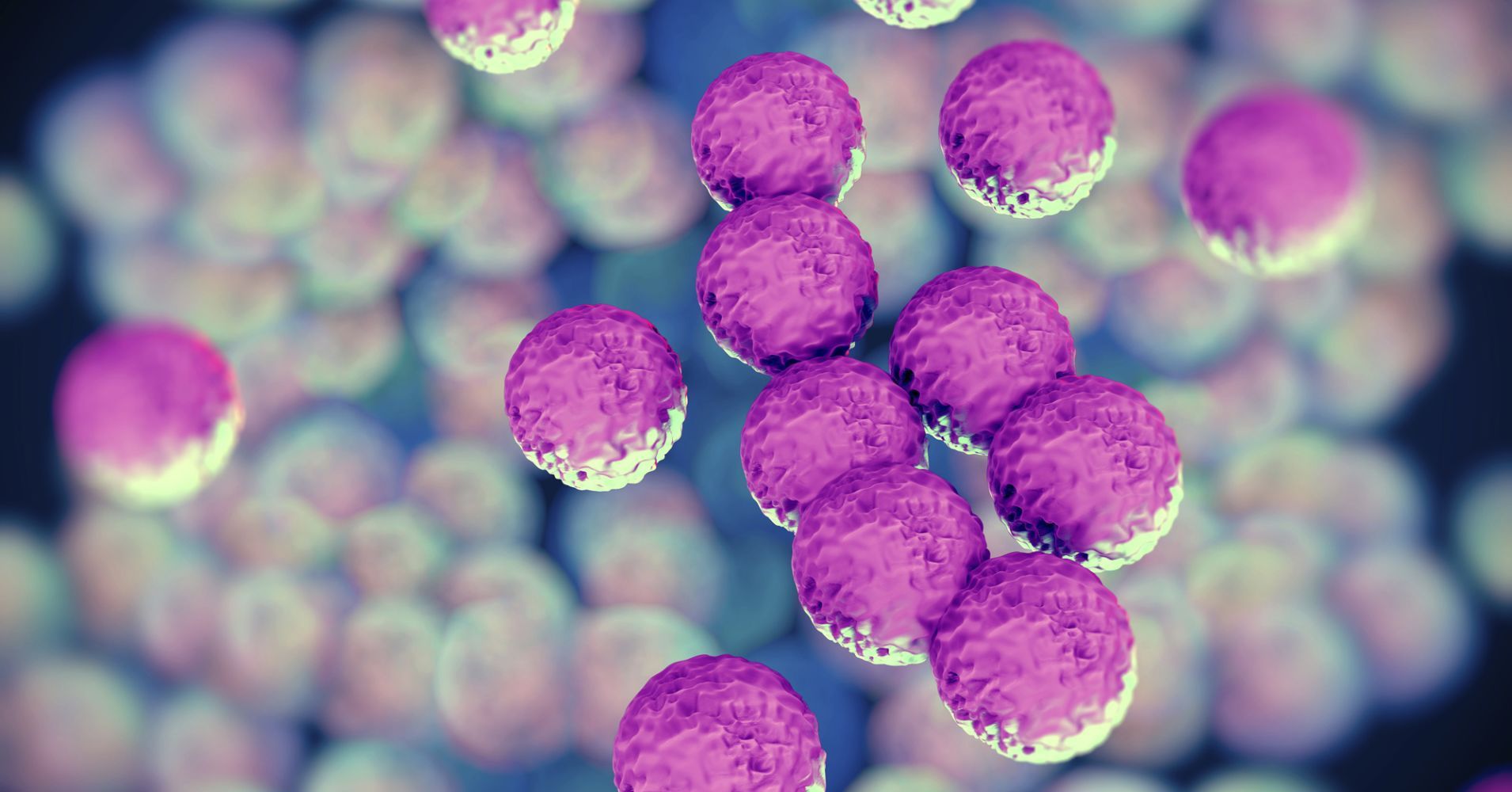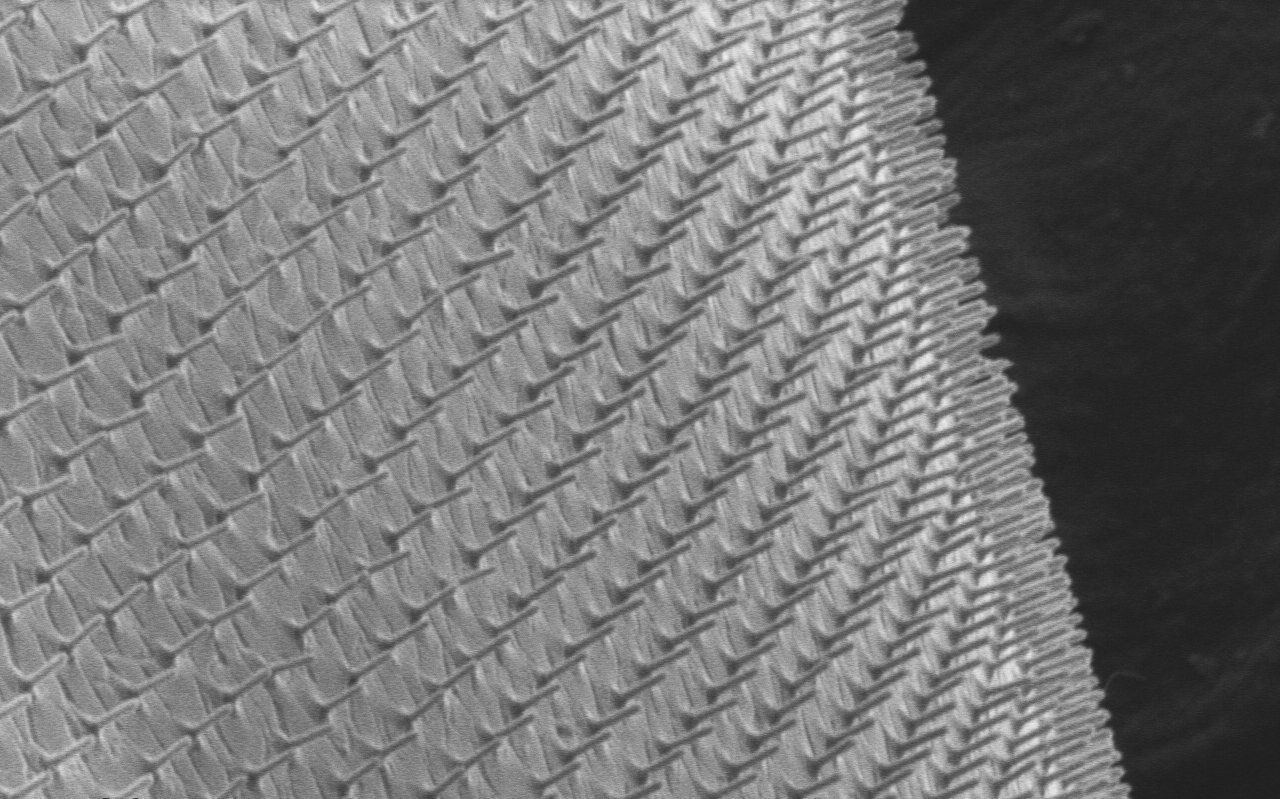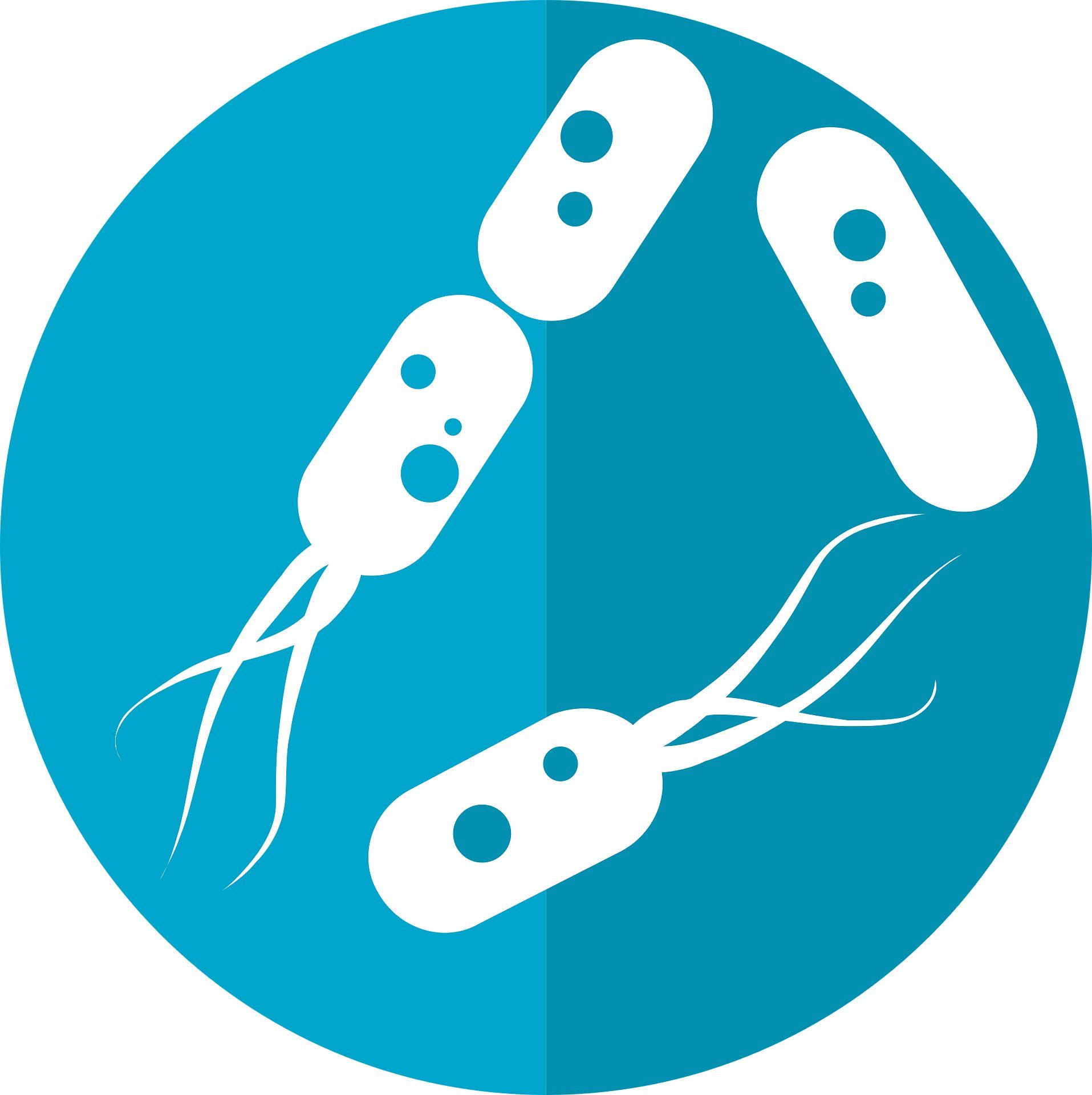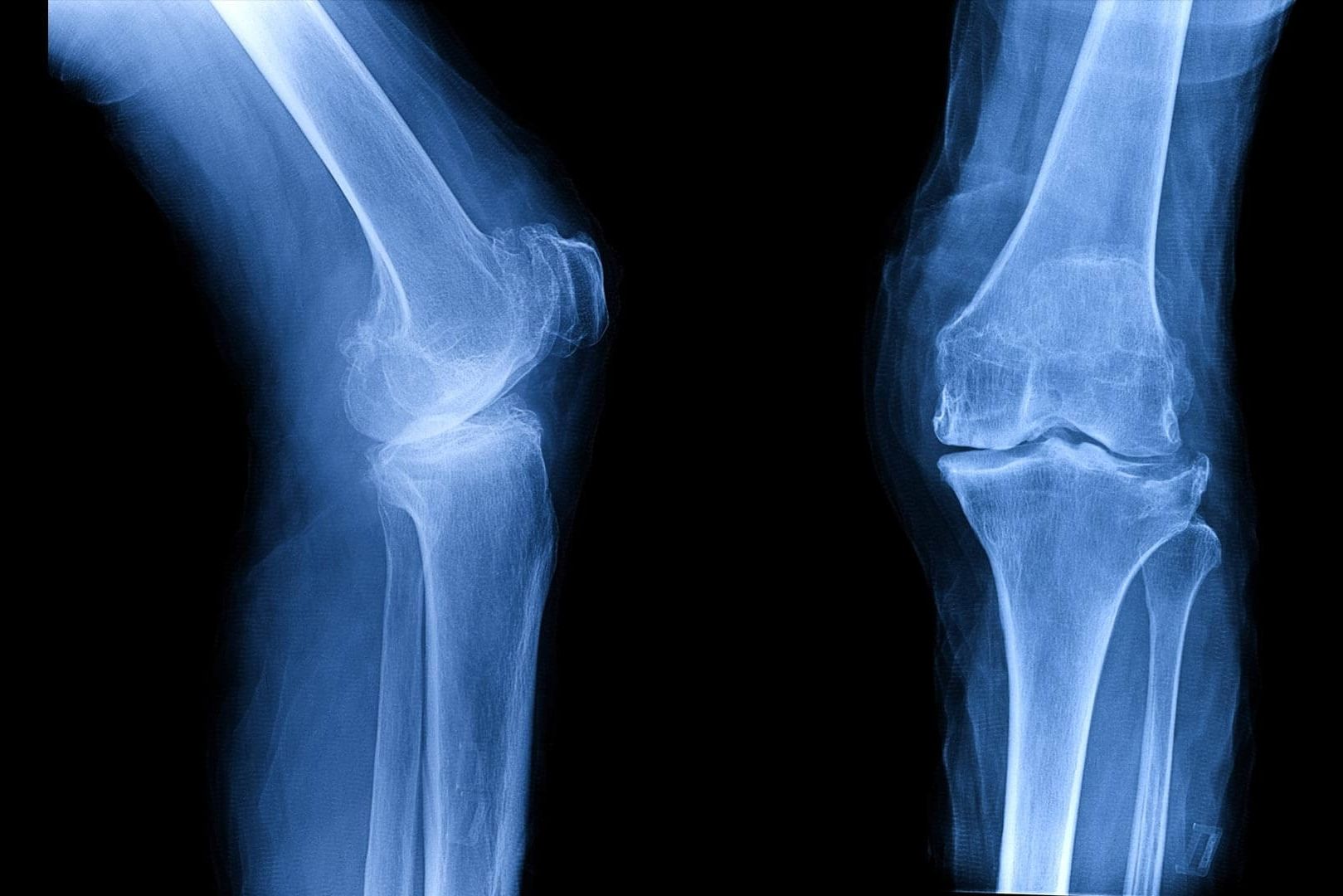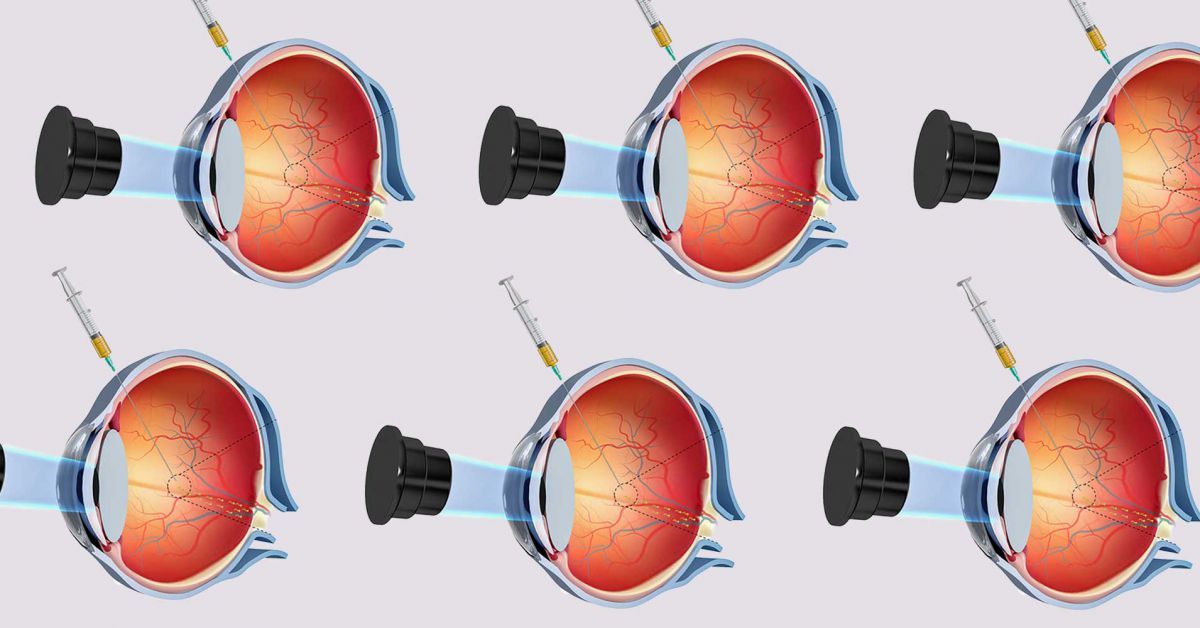The economic toll of this superbug crisis is huge: In the United States alone the health-care costs dealing with antimicrobial resistance could reach $65 billion by 2050, according to the OECD report. That is more than the flu, HIV and tuberculosis. If projections are correct, resistance to backup antibiotics will be 70 percent higher in 2030 compared to 2005 in OECD countries. In the same period, resistance to third-line treatments will double across EU countries.
A new report released Wednesday from the OECD estimates that antimicrobial resistant infection is on track to kill 30,000 Americans per year by 2050. The OECD is calling on the US and other rich countries to implement 5 simple reforms to save lives.
